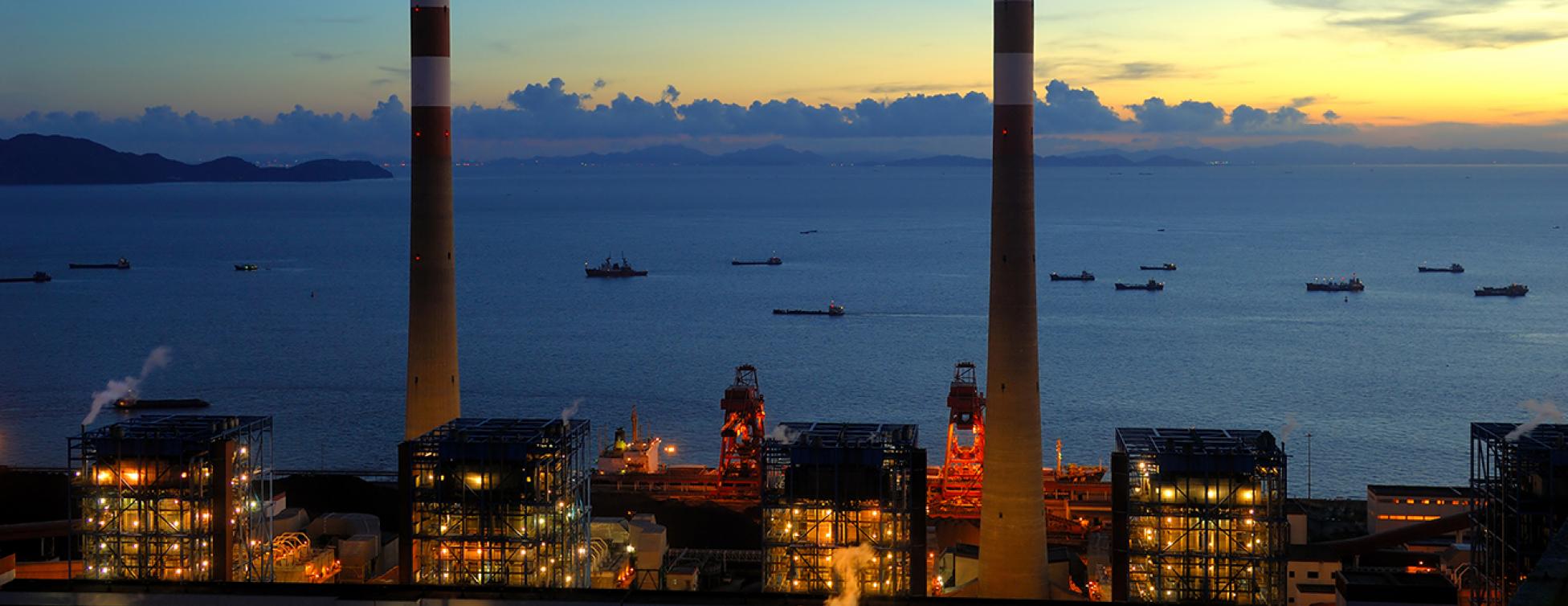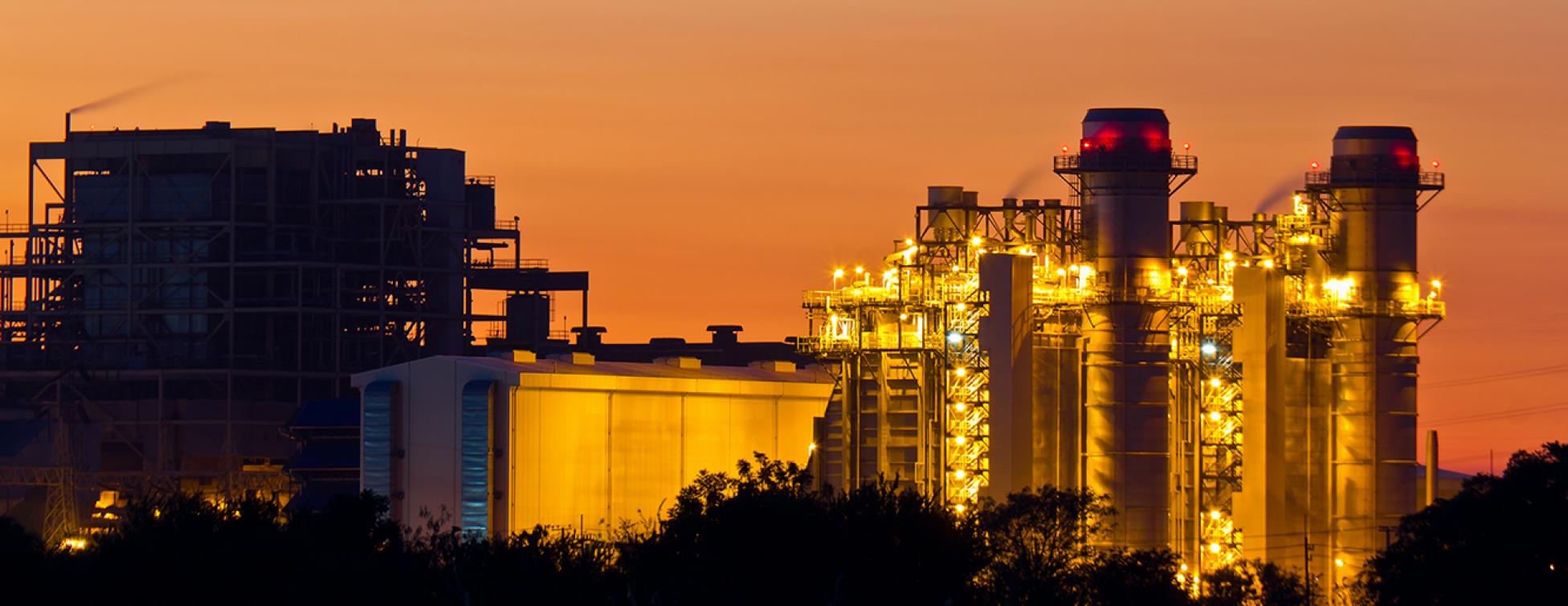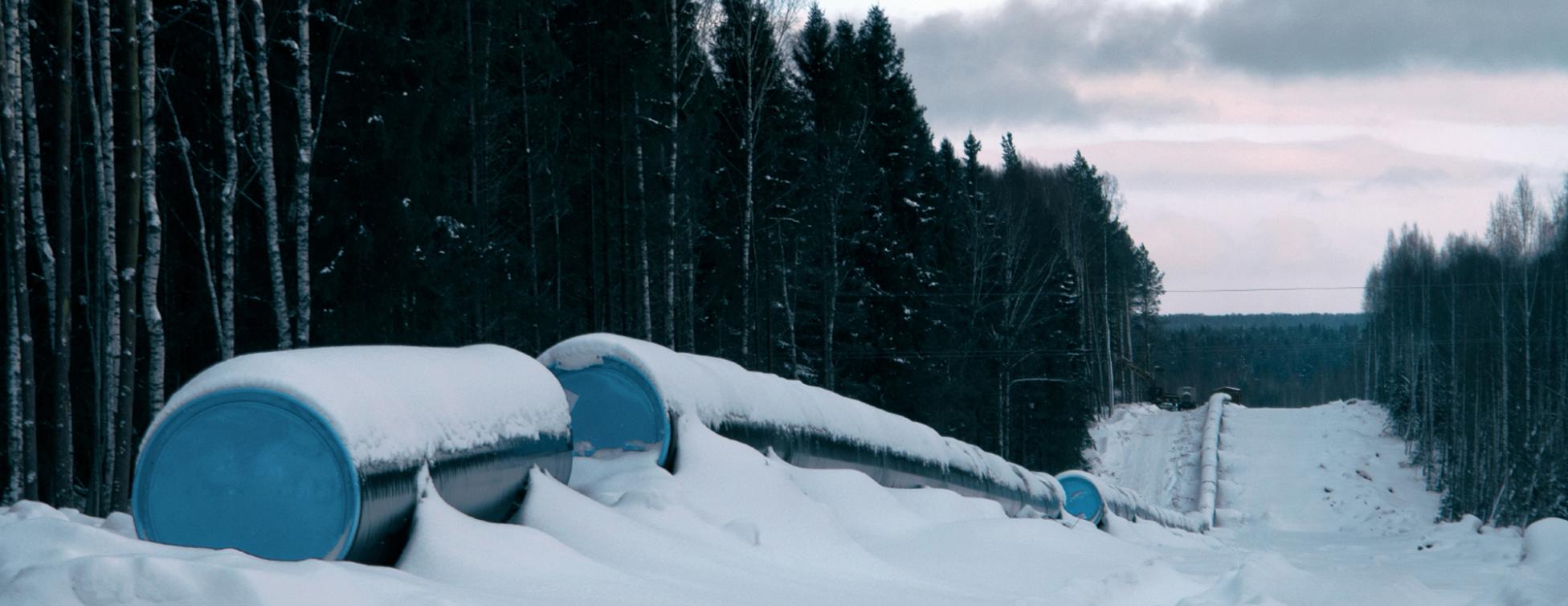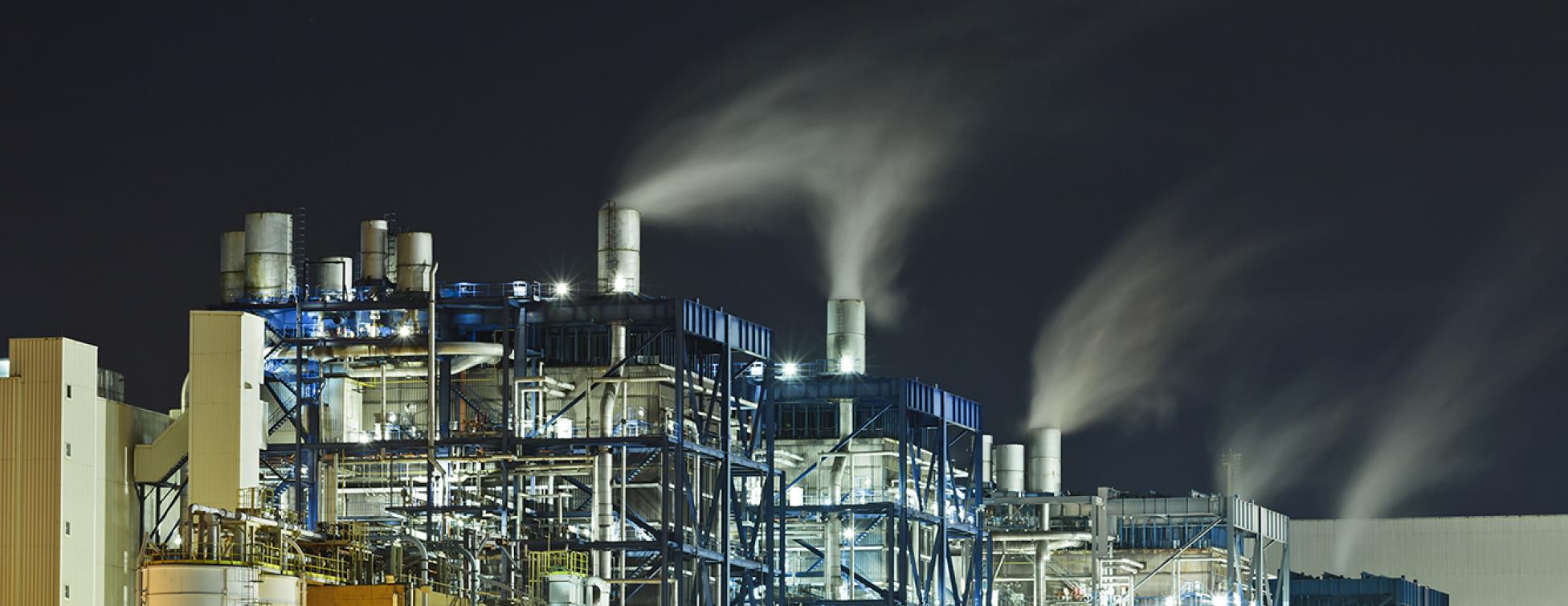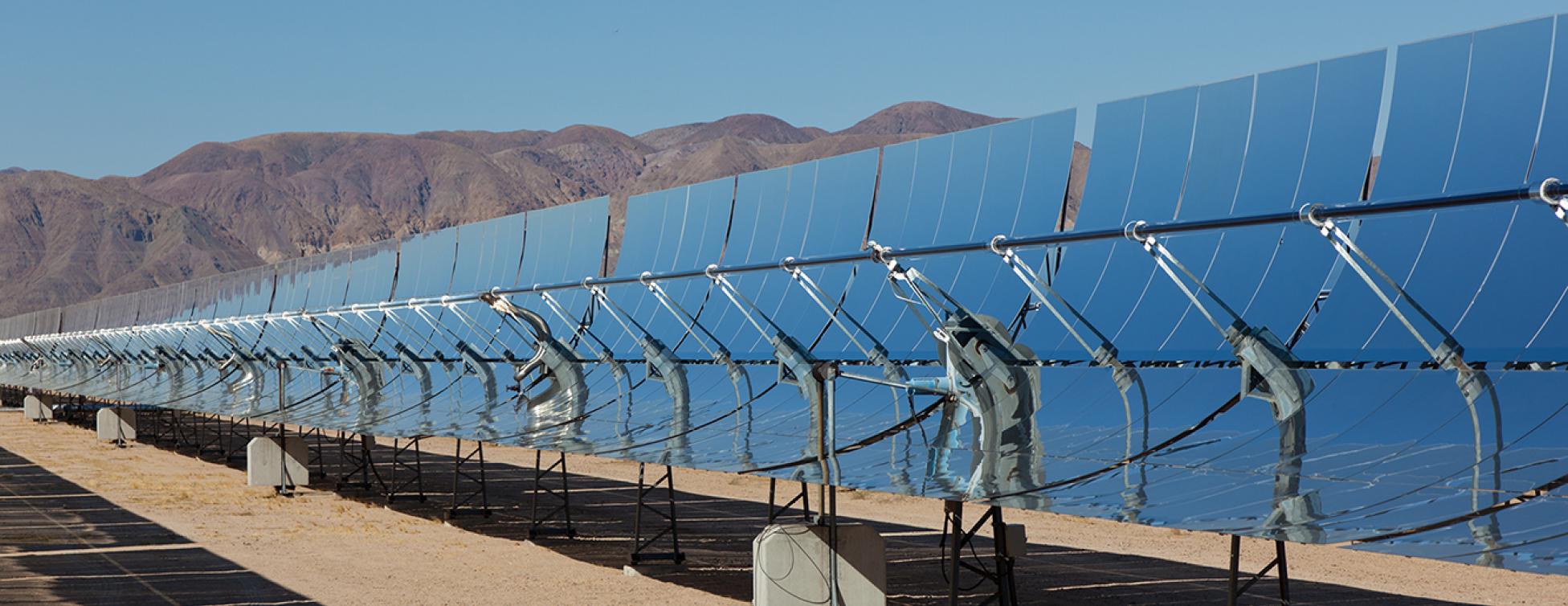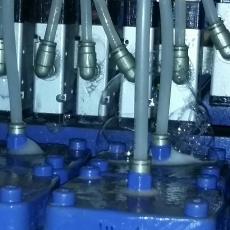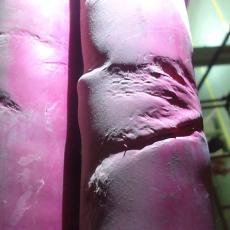April 2020
The Lawrence Welk Show
EPR performed a verification of final completion on a large coal plant in a developing country.
A critical system in any power facility is its instrument air (IAS), because a loss of instrument air means a loss of control in many instances. Further, IAS is expensive because air compressors take a material amount of parasitic load in addition to the drying needed to wring out any moisture.
In this facility thousands, or perhaps more, IAS leaks were observed. This is due in part to unqualified installers and also the lack of tools necessary to tighten the joints. Tubing systems are fantastic because they are high pressure, install quickly, and durable if installed correctly. However, contractors often underappreciate that a tubing system is a technical installation that requires the workers to be trained. In this plant it was apparent that any joint which did not leak, was purely an accident, because the recommended OEM installation practices were simply not followed.
This will cost the Owner hundreds of thousands per year in additional compressor power consumption and increased... Read more
No Savings. Probably cost more with unqualified personnel.
Really not possible to repair all leaks. Owner Cost will be several $100k/year for plant life.
HRSG Hot Spots
As much as this appears to be a coatings issue, it is an HRSG (heat recovery steam generator) erection problem. More specifically, a range of problems which result in hot gases coming in contact with the casing.
In the 12 units inspected at one site, all of them had visible indications of external coating damage from excessive temperatures.
Those same units were internally inspected, and the list of erection defects was extensive. Well beyond the issues that related to hot spots.
Some of the issues were missing insulation, liner damage, missing liner panels, buckled flashing, and other assembly problems.
When EPR gets involved at a site where there is visible external damage to HRSG coatings, we usually consider it an indicator of much more extensive internal problems mostly unrelated to this issue. So far, this has been accurate.
Once the HRSG problems are resolved, the hot spots can be remediated with new coatings applied using an appropriate repair procedure.
None.
Cost is mostly due to poor thermal operation of the HRSG’s.
5kV Cable Mischief
The photos of the damaged 5,000-volt cables are from three plants that recently entered operation (at time of inspection). For every photo shown, there were dozens of similar defects.
In some instances, the cuts and holes appear to be deep enough to damage the copper shield tape. Damage to the outer jacket will allow moisture into cable jacket and cause premature failure.
The cables were seemingly not installed in a workmanlike manner and appear to have been damaged during cable pulling. This casts suspicion of the installation methods, field construction supervision, and quality control inspection processes. As a reminder, pulling cable in a raceway with sharp edges or in a manner that damages the cable is a code violation.
This type of defect does not need much explanation, but in addition to being prohibited by electrical codes, the EPC contract also had specific language related to damaged cables and accepted project methods for resolving such issues. In the absence of an Owner approved exception, there were none, the cables needed to be replaced.
In addition, the... Read more
None.
Cost of proper repair is cost of replacement. This is very high. Cost to Owner depends on how many failures related to fires, outages, or injury occur.

